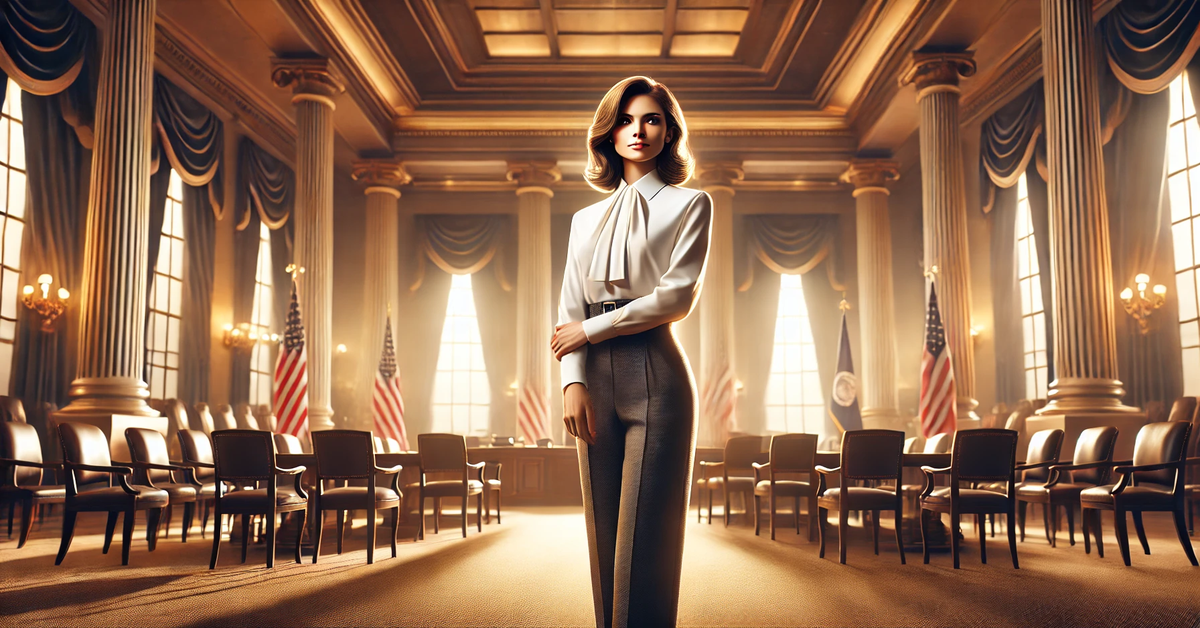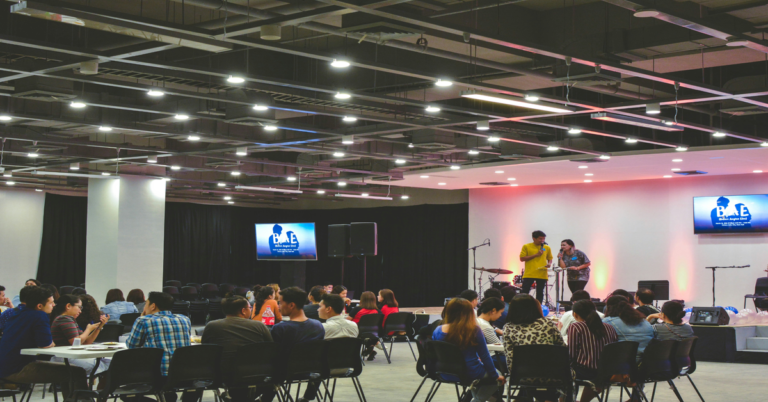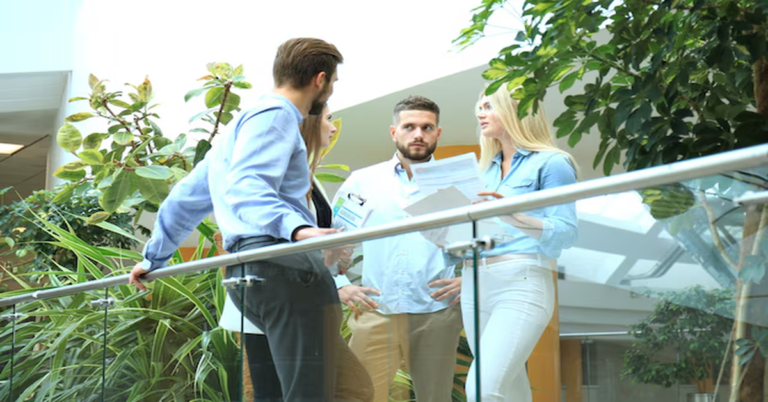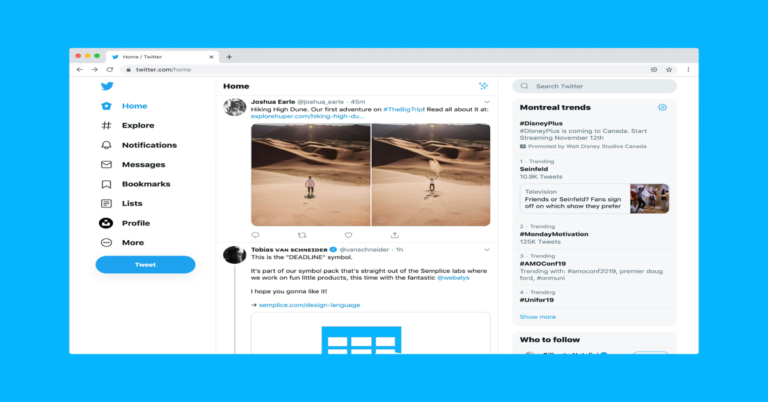First Lady News: Role & Influence of First Lady in Modern Society
The role of the First Lady News has evolved significantly over the years, making it one of the most visible and influential non-political roles in modern history. Despite not being an elected position, the First Lady often exerts a significant impact on national culture, politics, and social advocacy. As the spouse of the President of the United States, the First Lady navigates a complex role that includes public service, policy advocacy, and ceremonial responsibilities. From Eleanor Roosevelt’s pioneering activism to Michelle Obama’s health initiatives, the role has demonstrated incredible adaptability and influence. This article explores the historical evolution, key responsibilities, notable First Ladies, and their lasting impact on society.
Historical Evolution of the Role of First Lady
The concept of the First Lady News dates back to Martha Washington, the wife of George Washington, who unofficially set the tone for the role during the early years of American democracy. However, her responsibilities were primarily social and ceremonial, reflecting the limited public role expected of women at the time.
It wasn’t until the 20th century that First Ladies began to take on more visible roles in shaping public discourse and policy. Eleanor Roosevelt revolutionized the position during her tenure from 1933 to 1945, transforming the First Lady’s responsibilities into an active, advocacy-driven role. Her radio broadcasts, newspaper columns, and public engagements addressed critical issues like civil rights, women’s rights, and labor reforms.
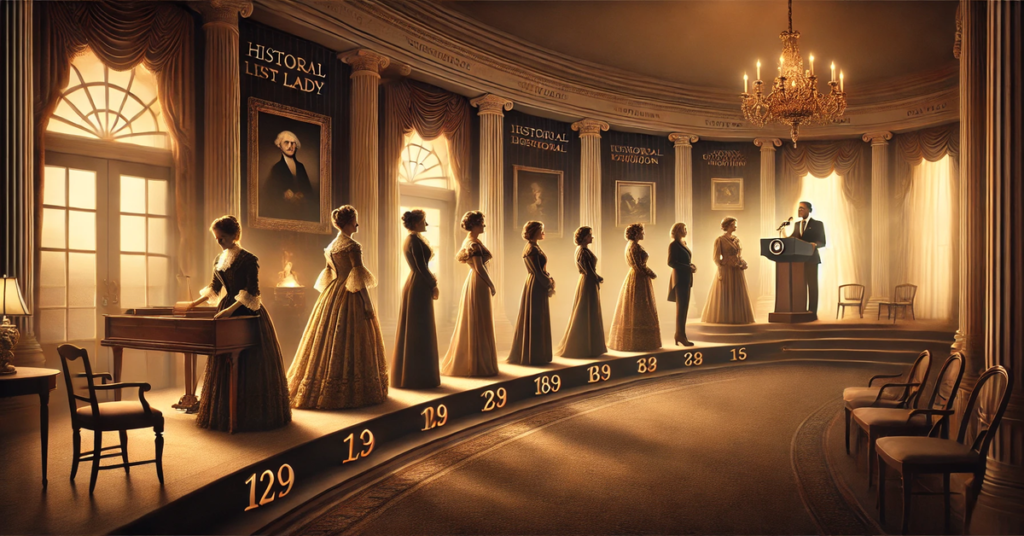
Subsequent First Ladies continued this legacy by adopting causes aligned with their personal beliefs and the needs of their times. Lady Bird Johnson championed environmental preservation, Betty Ford promoted women’s rights and addiction recovery, and Hillary Clinton redefined the boundaries of the role by taking on significant policy initiatives in health care reform. The role has thus transitioned from a primarily supportive function to one of substantial leadership and societal influence.
Also Read: www Gravityinternetnet: Transforming Connectivity with Speed, Innovation, and Reliability
Key Responsibilities of the First Lady
Though the duties of the First Lady News are not formally defined in the Constitution, they have evolved into a multifaceted role encompassing several key responsibilities:
- Ceremonial Duties: The First Lady often serves as the official hostess of the White House, organizing and presiding over state dinners, holiday events, and diplomatic receptions. This aspect of the role includes welcoming foreign dignitaries and representing the U.S. on international visits.
- Public Advocacy: Modern First Ladies choose specific causes or initiatives to champion, often addressing issues such as health, education, poverty, and the welfare of veterans. Examples include Michelle Obama’s “Let’s Move!” campaign against childhood obesity and Melania Trump’s “Be Best” initiative focusing on children’s well-being.
- Humanitarian and Charitable Work: Many First Ladies work with charitable organizations and promote philanthropic causes. Jacqueline Kennedy, for instance, was involved in restoring the White House and preserving its historical significance.
- Political Influence: Although the First Lady does not hold an official political office, her influence on the President and policy discussions can be significant. Eleanor Roosevelt frequently acted as a political adviser to Franklin D. Roosevelt, while Hillary Clinton played a prominent role in her husband’s administration.
- Media Presence: The First Lady is a constant figure in media coverage, shaping public perception through her speeches, public appearances, and advocacy efforts. Her wardrobe, statements, and public demeanor often become subjects of national discussion.
- Cultural Preservation: Several First Ladies have contributed to the arts and culture. Nancy Reagan was known for her work in promoting drug awareness through the “Just Say No” campaign while also supporting arts programs.
Notable First Ladies and Their Contributions
1. Eleanor Roosevelt (1933–1945)
Eleanor Roosevelt is widely regarded as one of the most influential First Ladies in American history. During her time in the White House, she redefined the role by advocating for human rights, women’s equality, and social reform. Her daily newspaper column, My Day, offered insights into her activism and humanitarian work. After leaving the White House, she continued her advocacy on a global scale as a delegate to the United Nations.
2. Jacqueline Kennedy (1961–1963)
Jacqueline Kennedy brought elegance, style, and cultural sophistication to the White House. Her efforts to restore and preserve the historical significance of the residence were widely celebrated. She also emphasized arts, literature, and cultural exchange, fostering a renewed sense of national pride during her husband’s administration.
3. Lady Bird Johnson (1963–1969)
Lady Bird Johnson was a strong advocate for environmental conservation and beautification projects. Her “Beautify America” campaign aimed to improve public spaces through the planting of flowers, trees, and greenery. Her efforts led to significant legislative outcomes, including the Highway Beautification Act of 1965.
4. Betty Ford (1974–1977)
Betty Ford’s openness about her struggles with breast cancer and addiction had a profound impact on public health awareness. She used her platform to advocate for women’s rights, substance abuse rehabilitation, and cancer research. The Betty Ford Center, a treatment facility for addiction, remains a lasting part of her legacy.
5. Hillary Clinton (1993–2001)
As a lawyer and active policymaker, Hillary Clinton was a groundbreaking First Lady News. She led efforts in health care reform and championed women’s and children’s rights. Her involvement in public policy set a precedent for future First Ladies to engage more directly in legislative matters. Her later political career as a U.S. Senator, Secretary of State, and presidential candidate further underscores her influence.
6. Michelle Obama (2009–2017)
Michelle Obama is known for her advocacy work in health, education, and military families. Her “Let’s Move!” initiative aimed to combat childhood obesity by promoting healthy eating and physical activity. She also emphasized the importance of education through her “Reach Higher” campaign, encouraging students to pursue higher education and career development.
The Modern Role of the First Lady
In recent decades, the First Lady’s role has become more dynamic, reflecting societal changes and evolving gender norms. Modern First Ladies often balance public advocacy with personal branding, using their influence to shape national conversations. The advent of social media has further amplified their reach, allowing them to connect directly with the public.
For example, Jill Biden, the current First Lady, continues to work as an educator while advocating for cancer research, military families, and free community college education. Her dual role as a professional and public figure highlights the changing expectations placed on First Ladies in contemporary society.
Challenges Faced by the First Lady
Despite their influence, First Lady News face unique challenges:
- Public Scrutiny: Every action, speech, or decision made by the First Lady is often subjected to intense media scrutiny. Their personal lives, fashion choices, and public appearances are frequently analyzed, sometimes overshadowing their advocacy efforts.
- Balancing Tradition and Modernity: Maintaining the ceremonial aspects of the role while addressing modern societal issues requires a delicate balance. First Ladies often have to navigate between fulfilling traditional expectations and pursuing meaningful change.
- Political Pressure: Although the First Lady does not hold a political position, she often faces political criticism, especially when advocating for controversial causes. Striking a balance between supporting the President’s agenda and maintaining her individual identity can be challenging.
- Gender Expectations: The role of the First Lady is inherently gendered, and societal expectations around femininity, grace, and family values often influence public perception. This can create pressure to conform to traditional gender roles, even as many First Ladies push boundaries.
Global Perspectives: First Ladies in Other Countries
The concept of the First Lady is not unique to the United States. Many countries have influential First Ladies who play significant roles in public life. For instance:
- Eva Perón (Argentina): Known for her advocacy for labor rights and women’s suffrage, she was a powerful political figure.
- Peng Liyuan (China): As a famous singer and advocate for HIV/AIDS awareness, she combines cultural influence with humanitarian efforts.
- Queen Rania (Jordan): An advocate for education, women’s rights, and community development, she has used her global platform to bring attention to important social issues.
These examples highlight how the role of the First Lady can vary based on cultural and political contexts but often shares common themes of advocacy, public service, and influence.
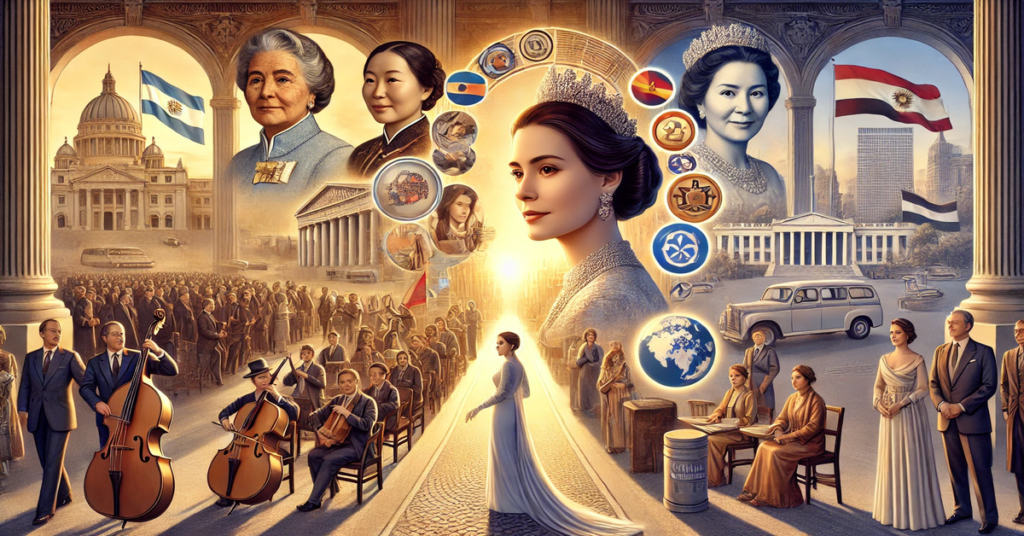
The Lasting Impact of the First Lady
The legacy of the First Lady News often extends beyond her tenure in the White House. Through charitable foundations, advocacy campaigns, and historical preservation projects, many First Ladies leave enduring marks on society. Their influence on public policy, cultural attitudes, and humanitarian efforts demonstrates the potential of the role to drive meaningful change.
Eleanor Roosevelt’s impact on human rights, Betty Ford’s contributions to addiction recovery, and Michelle Obama’s promotion of healthy living are just a few examples of how First Ladies have shaped the nation’s social landscape. As the role continues to evolve, future First Ladies will likely find new ways to address emerging challenges and opportunities.
Also Read: Influencersginewuld: The Next Frontier in Digital Marketing
Conclusion
The First Lady News occupies a unique position at the intersection of public service, political influence, and cultural representation. Over the years, the role has grown from one focused on ceremonial duties to one that includes substantial advocacy and leadership. Each First Lady brings her own perspective, priorities, and passions to the role, making it a dynamic and ever-changing institution. As society continues to evolve, so too will the expectations and responsibilities of the First Lady, ensuring her continued relevance and impact in the years to come.
FAQs
1. Is the First Lady an official government position?
No, the First Lady is not an official or elected government position. However, the role carries significant influence due to the First Lady’s close relationship with the President and her visibility in public life.
2. What are the main causes that First Ladies typically support?
First Ladies often champion causes related to education, health, women’s rights, military families, environmental issues, and social welfare. The specific causes vary depending on the individual First Lady’s interests and the national context.
3. How has the role of the First Lady evolved over time?
Initially, the First Lady’s role was limited to hosting social events and supporting the President. Over time, it has expanded to include public advocacy, policy initiatives, and humanitarian efforts, reflecting broader changes in gender roles and societal expectations.
4. Which First Lady had the most significant impact on American history?
Eleanor Roosevelt is often considered the most influential First Lady due to her extensive work in civil rights, women’s rights, and humanitarian advocacy. Her contributions had a lasting impact on both domestic and international policy.
5. Can a First Lady work while serving in the role?
Yes, First Ladies can and do work while serving in the role. Jill Biden, for example, continues to work as a college professor while fulfilling her responsibilities as First Lady.
6. How do First Ladies influence public policy without holding an official position?
First Ladies influence public policy by advocating for specific causes, advising the President, and using their public platform to raise awareness and generate support for initiatives. Their influence often stems from their visibility, media presence, and connections within the political sphere.

